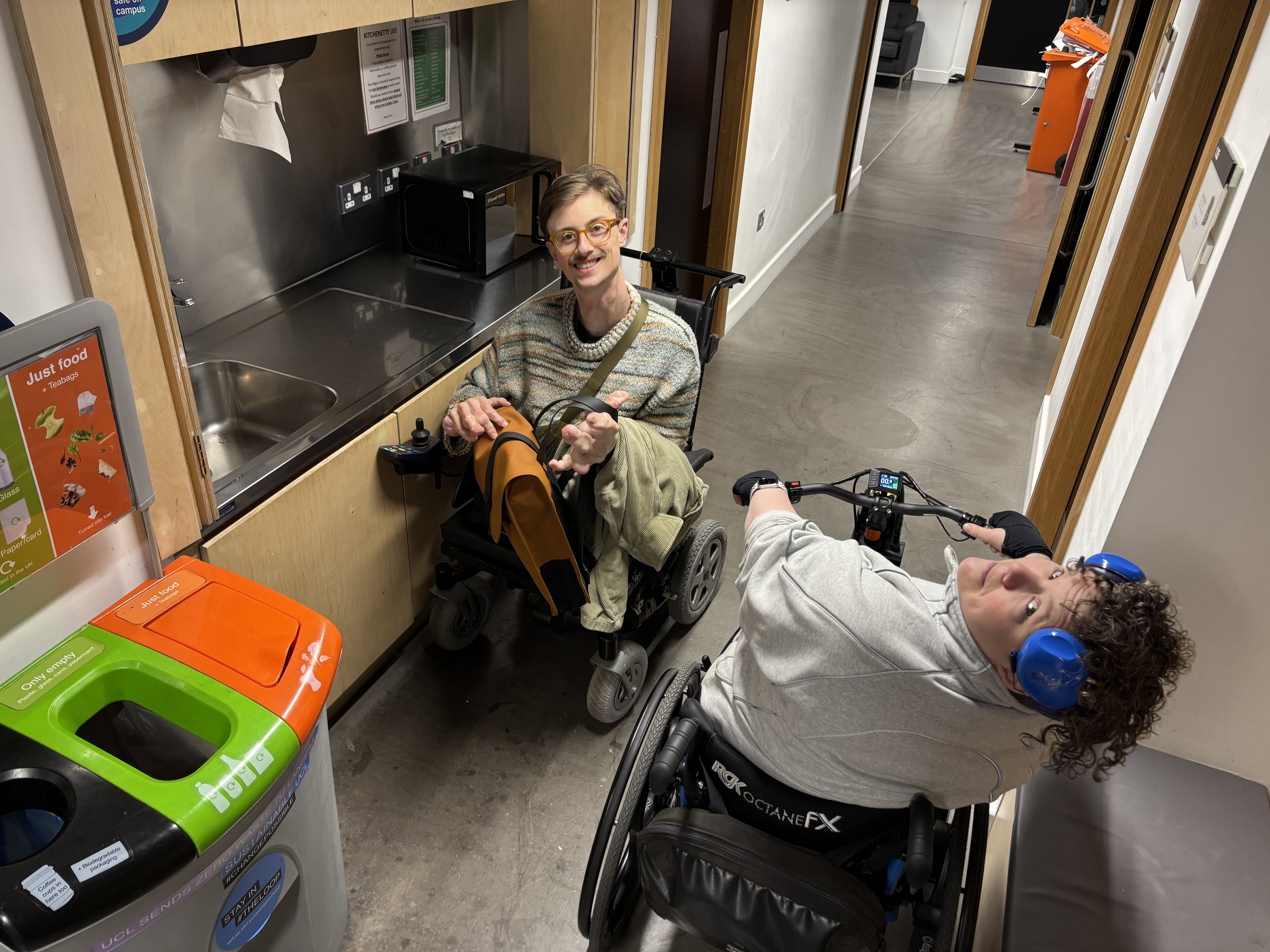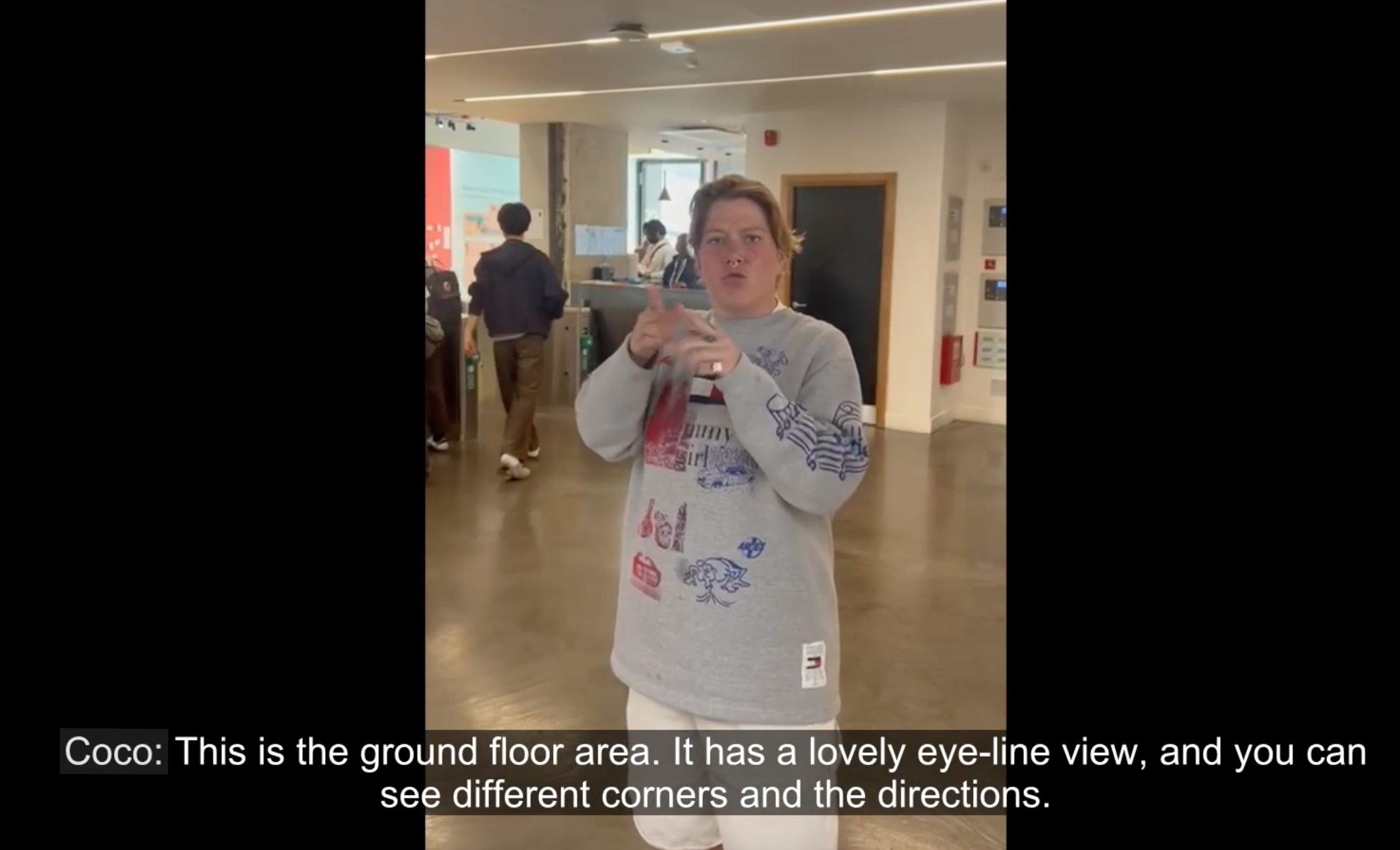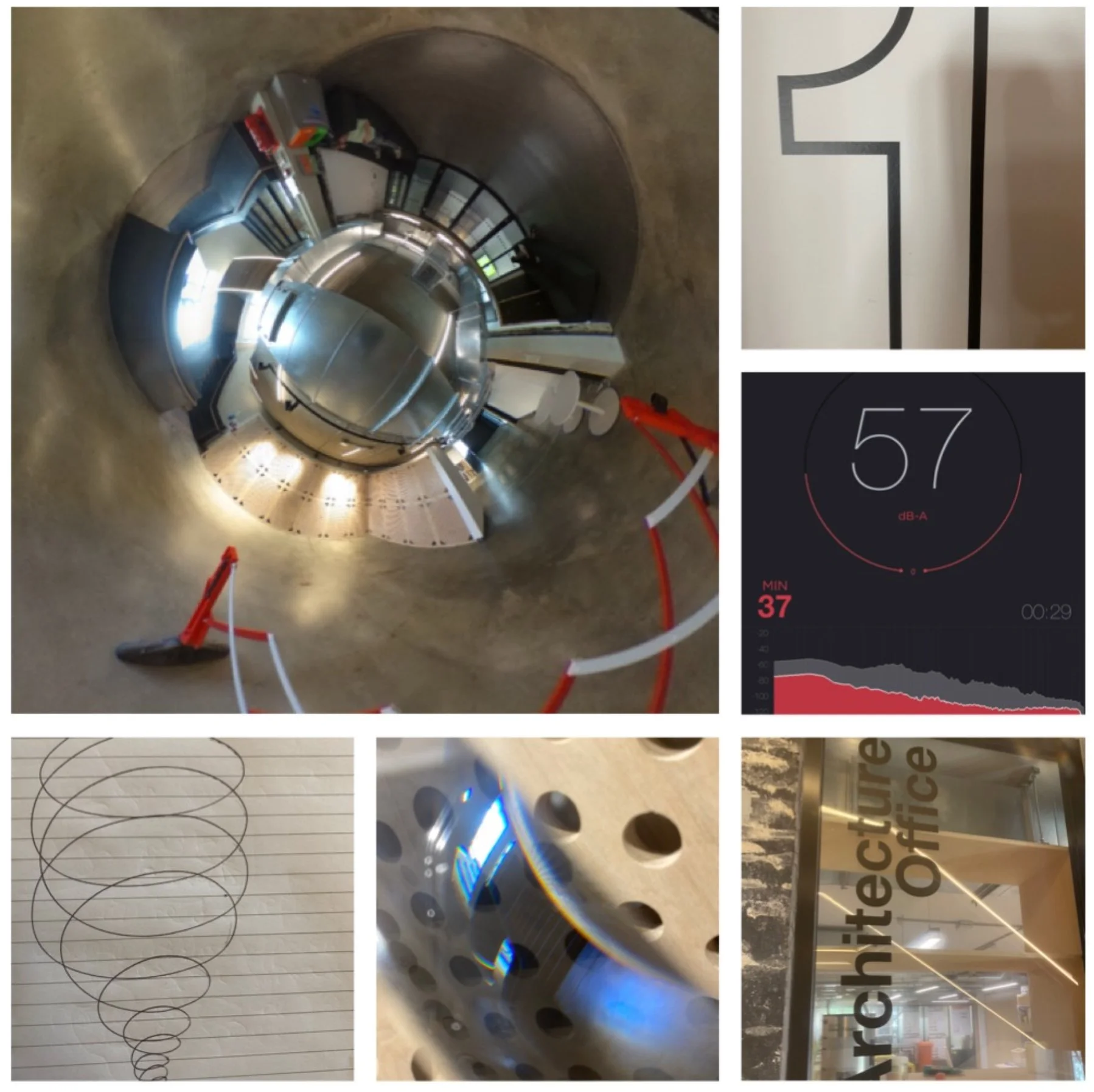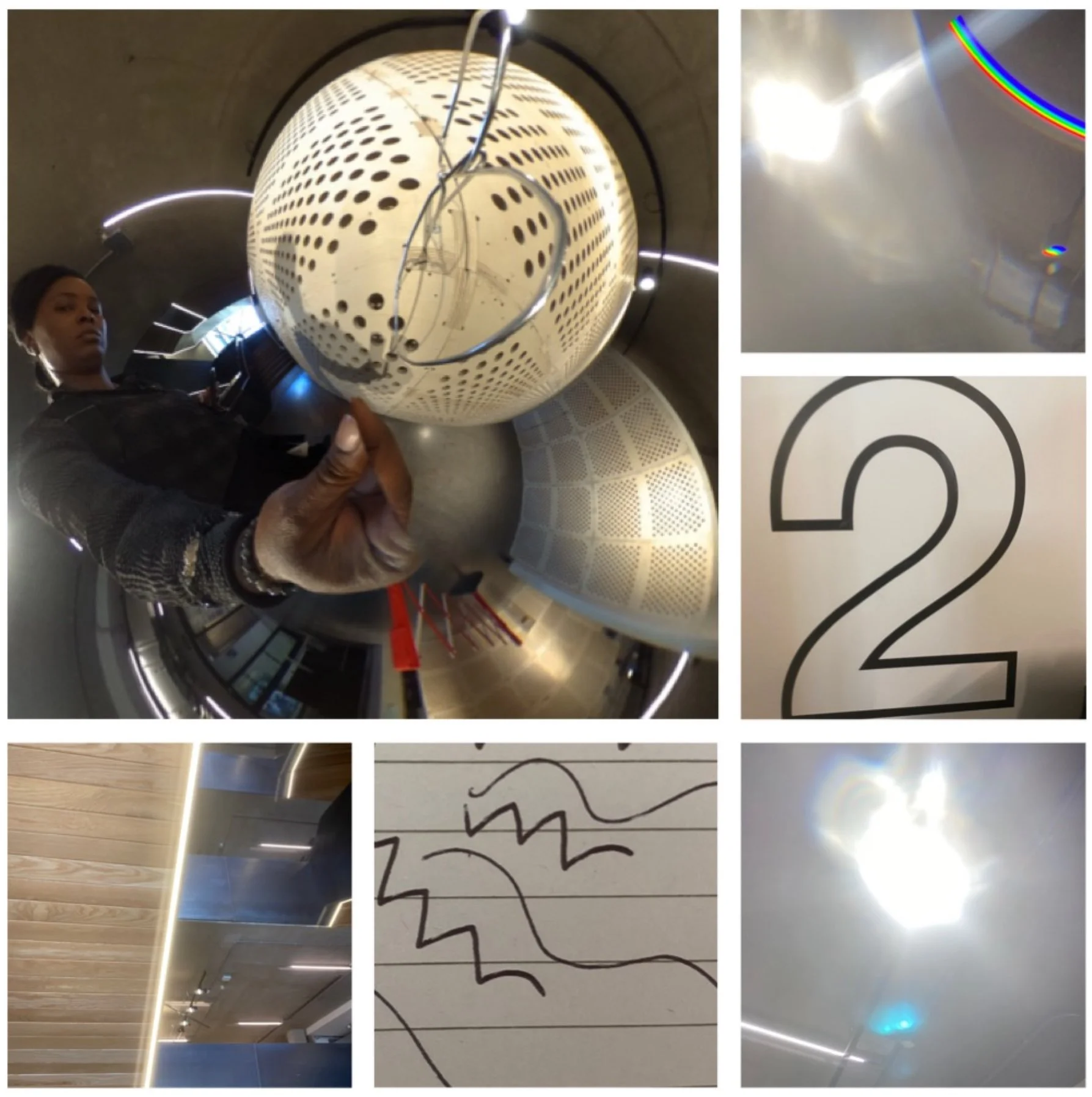Spatial Analysis: Bartlett School of Architecture
Type: Workshops
Year: 2025
Location: Bartlett School of Architecture, UCL (London) and online
DisOrdinary Architecture Contributors: Chris Laing, Coco Briden, David Johnson, Jessica Ryan-Ndegwa, Jess Thom, Jordan Whitewood-Neal, Jos Boys, Mandy Redvers-Rowe and Natasha Trotman.
Bartlett, UCL contributors: Kerstin Sailer and Nina Vollenbroker
Funding: Architecture Research Fund (ARF), The Bartlett UCL
The DisOrdinary Architecture Project were invited to collaborate on some action research to critically engage with Space Syntax - a method for modelling relationships between spatial layout design and social behaviours and encounters. The aim was to explore how space syntax models might be positively extended to better understand which spatial properties of buildings contribute to experiences of exclusion and inclusion.
To to this, we asked eight disabled people to map a journey through the Bartlett building; first introducing them to space syntax methods, but also asking each person to creatively map their own experiences, using whatever medium they preferred – audio-description, video, sketching, notes etc. This was followed up by an online workshop where participants shared aspects of the building that had impacted on them and discussed similarities and differences.
This project grew out of discussions about the gaps in space syntax methods when it comes to users with different bodies and minds. The main behavioural parameters studied by space syntax research are movement and encounters based on spatial accessibility (the shortest paths from any place to any other place in the spatial network) and visibility (what you see in straight line distances). But how do buildings present themselves to individuals who cannot see? Or to individuals who cannot walk and thereby move their bodies in different ways? Or to neurodiverse people with a low tolerance for encounters and noise? Or to deaf individuals whose understanding of space relies mostly on vision?
Building on previous research by Prof Kerstin Sailer, the alternative mapping analysis intersects space syntax analysis methods and its methods for describing the spatial features of buildings with the experiences of disabled users. It investigates both how to more richly map diverse lived realities in built environments, and how space syntax methods might be extended to go beyond its assumptions of full vision and free mobility in interpreting how we navigate built space.
More to come soon!







